Recent Articles
Popular Makes
Body Types
10 Most Innovative Cars

Tesla Model X doors open ・ Photo by Tesla
When it comes to the automotive world, we live in interesting times: Automakers are pulling out all the stops, designing innovative systems that make driving easier, more efficient, and more enjoyable. What cars represent the best of the technology onslaught? Here are our picks for the most innovative new vehicles on the market today.
Infiniti Q60
“Autonomous driving” is a buzz-phrase that is ripping through the motoring world like wildfire. While we’re still some time away from completely self-driving cars, more and more vehicles offer some level of autonomous functionality, and few vehicles demonstrate that better than the Infiniti Q60. Its steer-by-wire steering system, lane-guidance functionality, adaptive cruise control and automatic braking functions act as an electronic co-pilot, and deliver far more assistance than most other cars. For those who prefer total control, the Q60 offers a 400 horsepower twin-turbo engine that will put a huge smile on your face. Incidentally, the Q60 coupe is only the latest Infiniti to feature such high levels of automation; you’ll find similar technology in many of their vehicles, making Infiniti one of the most innovative luxury brands on the market.
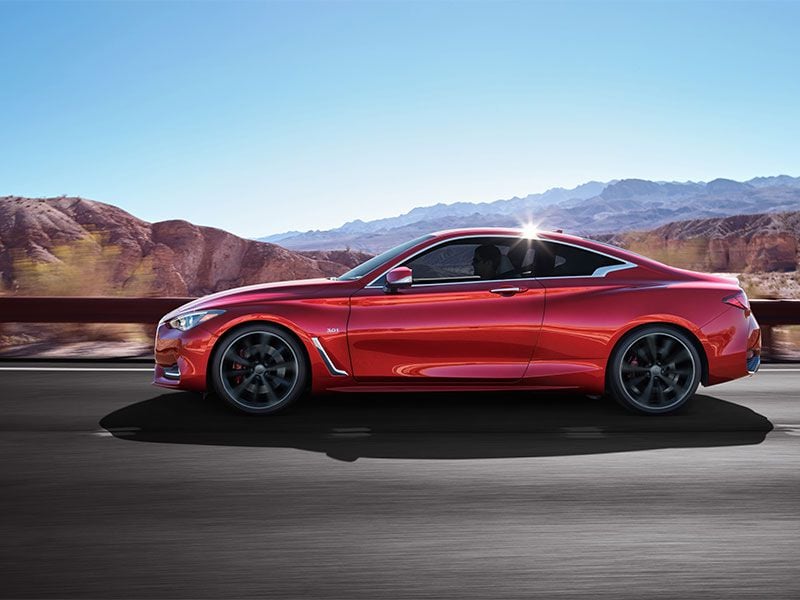
Photo by Infiniti
Chrysler Pacifica Hybrid
The Chrysler Pacifica Hybrid is an innovative choice for big families that want to go green. Plug-in hybrids (gas-electric vehicles that can supplement their engine-generated power by being plugged into a charger) are certainly nothing new, but the Pacifica Hybrid is the first 7-seat minivan to feature a plug-in hybrid powertrain. And while some PHEVs offer only marginal range, the Pacifica Hybrid will run up to 33 miles on battery power alone. For most families, that’s enough to get the kids to school and parents to work, then gather everyone up and bring them back home again. And even when the battery runs low, the Pacifica’s hybrid drivetrain delivers great fuel economy.
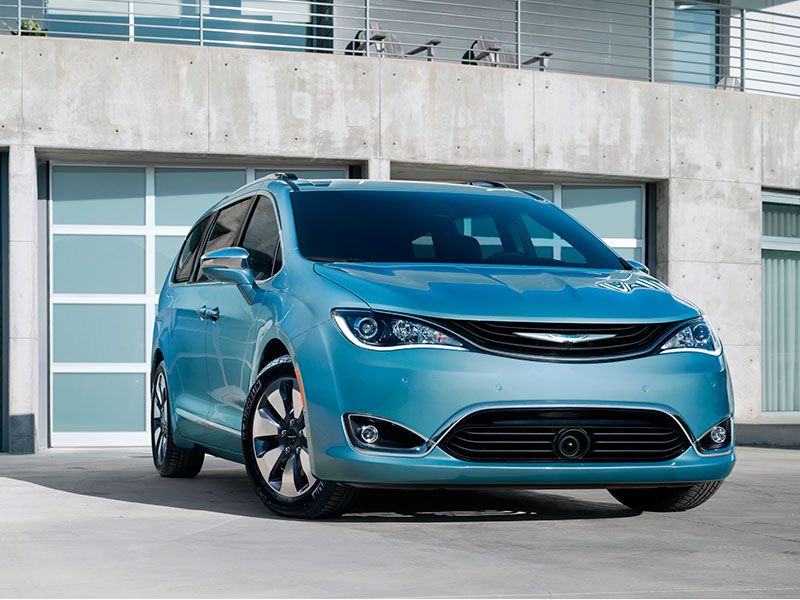
Photo by Fiat Chrysler Automobiles
Tesla Model S and Model X
The Tesla Model S and Model X are the vehicles that made electric cars into superstars. The Model S proved wrong the electric car naysayers who complained about a lack of power, lack of range, and lack of appeal: It’s sexy and stylish, as quick as an exotic supercar, and offers between 219 and 337 miles of range per charge. Travel to Hollywood, and you’ll see that the Model S has all but replaced the BMW 7 Series and the Mercedes-Benz S-Class as the rolling status symbols of choice. The Model X offers those same attributes, with an SUV body and those super-cool falcon-wing doors. Prices are high and the cars are far from perfect, but no one can deny that Tesla makes some of the most innovative cars on the market.

Photo by Tesla
Chevrolet Bolt
Tesla made headlines when they announced a $30,000 electric car with a 200-plus mile range, and hundreds of thousands of would-be buyers lined up to put down deposits. But while the Tesla Model 3 is still some months (if not years) away from sale, Chevrolet has just such a car for sale right now—the all-new Bolt, a handy 4-door hatchback with 238 miles of EPA range, which, for many families, will eliminate the need for nightly recharging. The Bolt builds on nearly two decades of EV experience that GM has garnered from cars like the EV-1 and the Volt (see next slide). It’s a sharp-looking car packed with usable technology, and a very innovative way to get around.
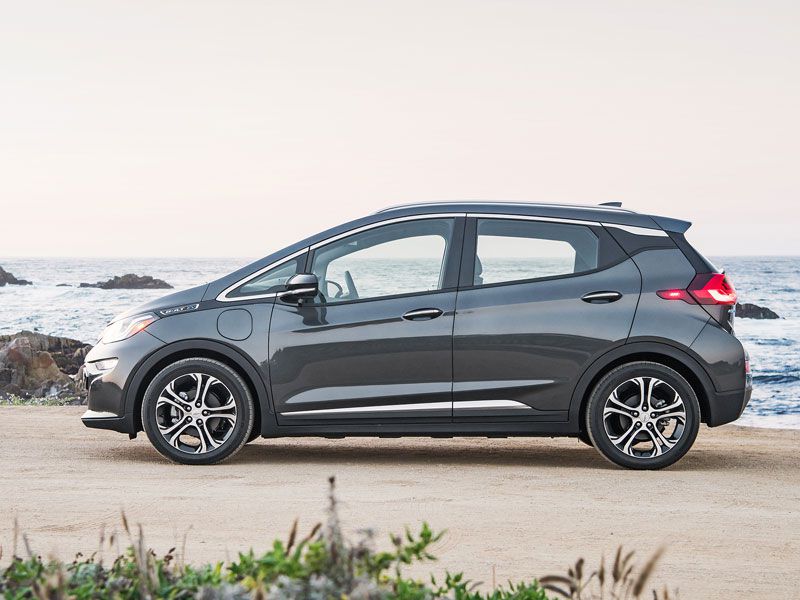
Photo by General Motors
Chevrolet Volt
Electric vehicles aren’t for everyone, and concerns about range may well be the biggest obstacle to their acceptance—and that’s what makes the Chevrolet Volt such an innovative car. Here’s an EV that isn’t tethered to its charger: It goes 50-plus miles on battery power, then fires up its own gasoline engine to provide 300-plus miles of fossil-fuel range. For the average American driver, that means they can carry out their daily routine in the Volt without using a drop of gasoline, then head out for a weekend road trips without need for a second car. If you want an EV but aren’t sure if electric-driving is for you, the Volt is an innovative solution.

Photo by Chevrolet
Mercedes-Benz S-Class
When it comes to innovative gadgets, there is a war being waged among top-end luxury cars, and it’s pretty difficult not to proclaim the majestic S-Class as the winner. Forget about things like perforated leather upholstery and genuine wood trim; every car has those. The S-Class offers exotic features like cameras that look at the road ahead and adjust the suspension for bumps, a night vision camera that can highlight pedestrians and animals, and even a fragrancer that scents the air with the owner’s choice of perfumes. Seriously, how did we drive without this stuff?
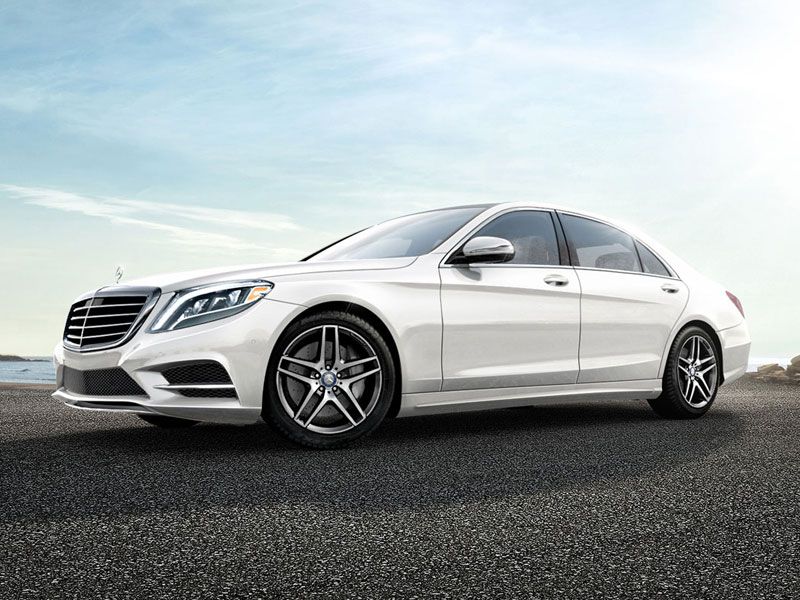
Photo by Mercedes-Benz
Toyota Mirai
There are some who say that hydrogen-powered cars are the wave of the future. Unfortunately, there aren’t many you can buy right now—but the Toyota Mirai is one of them. The Mirai uses a hydrogen fuel cell to generate electricity, which powers an electric motor that drives the front wheels, and the only thing that comes out of the tailpipe is water vapor. The Mirai can run up to 312 miles on a full tank. Hydrogen fueling stations are still few and far between, which limits the Mirai’s practicality and availability, but Toyota does help matters by providing free fuel (up to $15,000) for the first three years for Mirai owners or lessors. Whether hydrogen really is the fuel of the future remains to be seen, but there’s no denying that the Mirai is one of the most innovative cars you can buy.
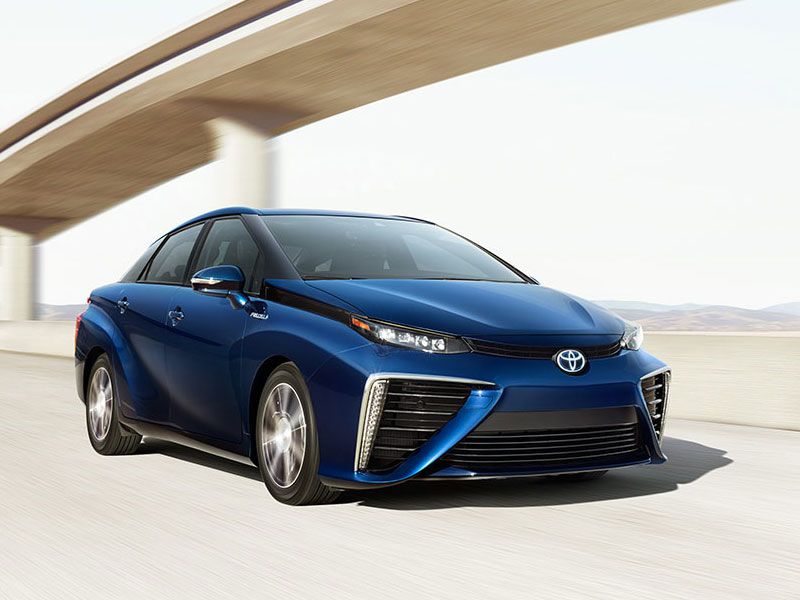
Photo by Toyota
Toyota Prius Eco
A hydrogen powered car might be a bit too innovative for many buyers, but let’s not forget Toyota’s stalwart Prius hybrid, which was just redesigned for the 2016 model year. Of particular interest to us is the Prius Eco, the ultra-fuel-efficient version of the car. It’s EPA-rated at 56 MPG combined (58 in the city and 53 on the highway), and your author once achieved a week-long average of 65 MPG by simply selecting the car’s Eco mode and following the prompts on the dashboard. Reducing our reliance on non-renewable fuels is something every American should concern themselves with, and the Toyota Prius Eco is an easy way to achieve that goal.

Photo by Toyota
Mercedes GLA 45 AMG
Back in the muscle-car days, people used to talk about specific power output—which, translated to English, means how much power an engine makes for its size. One horsepower per cubic inch was considered pretty hot stuff. Well, Mercedes’ high-speed micro-SUV, the GLA 45 AMG, has an engine gets 375 horsepower from just 2.0 liters, or 121.5 cubic inches—and that translates to more than three horsepower per cubic inch. It’s an amazing amount of power from such a small engine, and if you get a chance to drive the GLA 45, you won’t believe what a serious punch that little engine delivers. Best yet, it’s packaged in a small, svelte SUV that delivers Mercedes luxury at an affordable price.
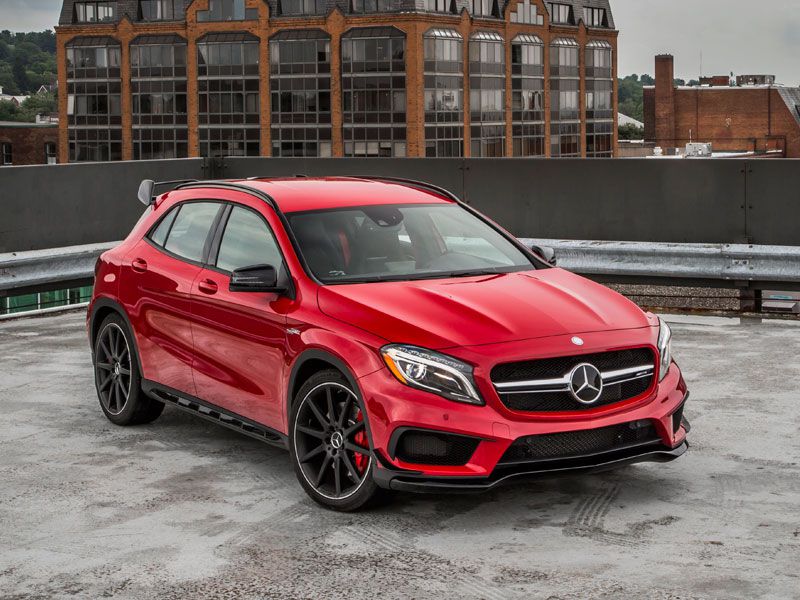
Photo by Mercedes-Benz
Volvo XC90 T8
Speaking of specific output, the Volvo XC90 is no shrinking violet: This big SUV is powered by a small 2.0-liter engine, which uses an innovative engine-driven supercharger and exhaust-driven turbocharger to boost power at the low and high end, respectively. (Many engines use one or the other, but not both.) The XC90 T8 is a hybrid that supplements the engine’s power with an electric motor that drives the rear axles, for a total system output of 400 horsepower. Since it’s a plug-in hybrid, the XC90 T8 can run up to 14 miles on battery power alone. And if that’s not enough innovation for you, the XC90 simplifies its cabin with a touch screen designed like a tablet: If you can operate your Android, iPhone, or iPad, you can find your way around the Volvo’s navigation, stereo and climate systems.
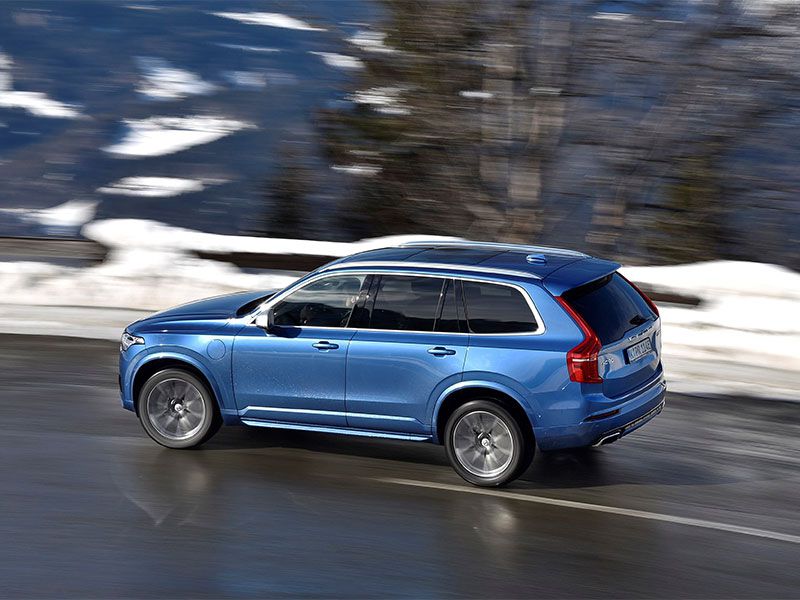
Photo by Volvo